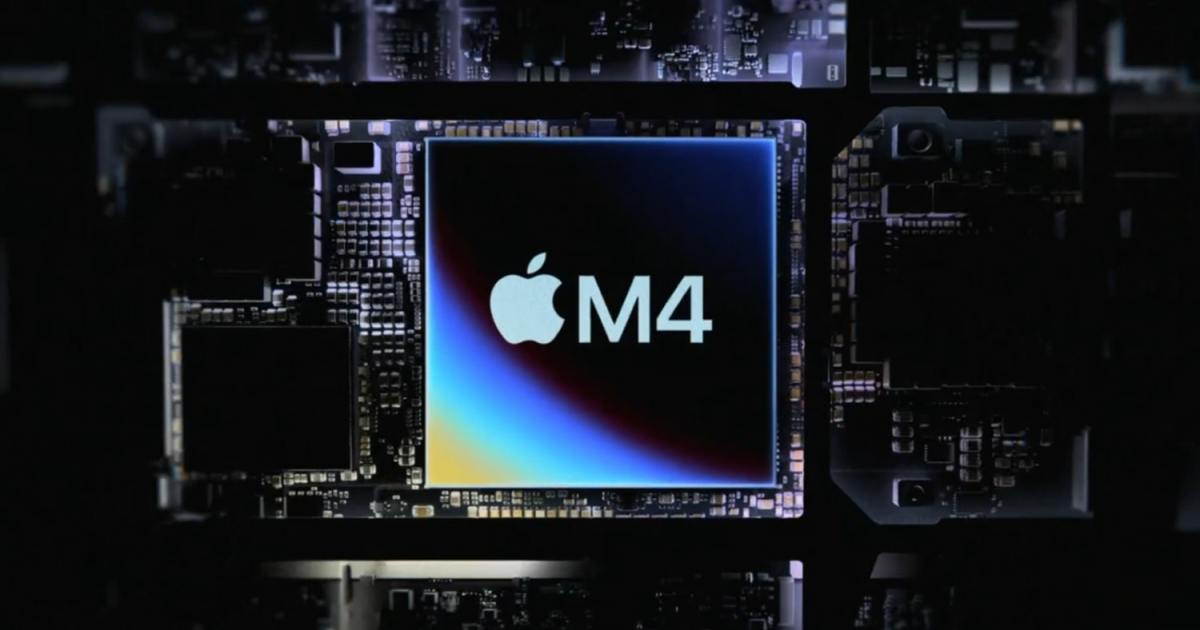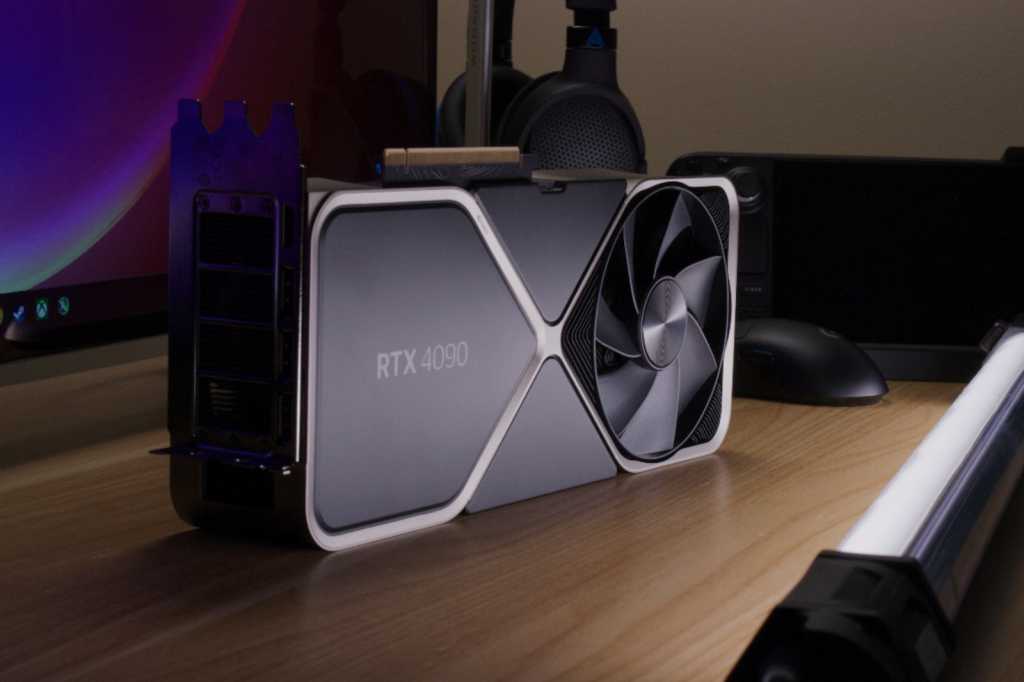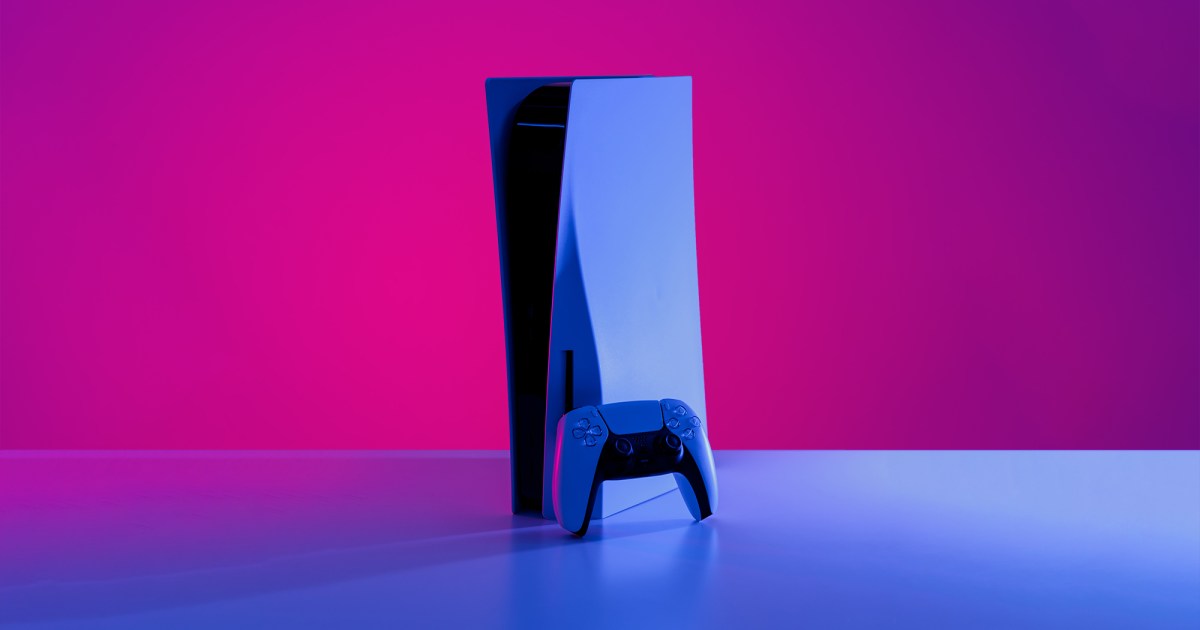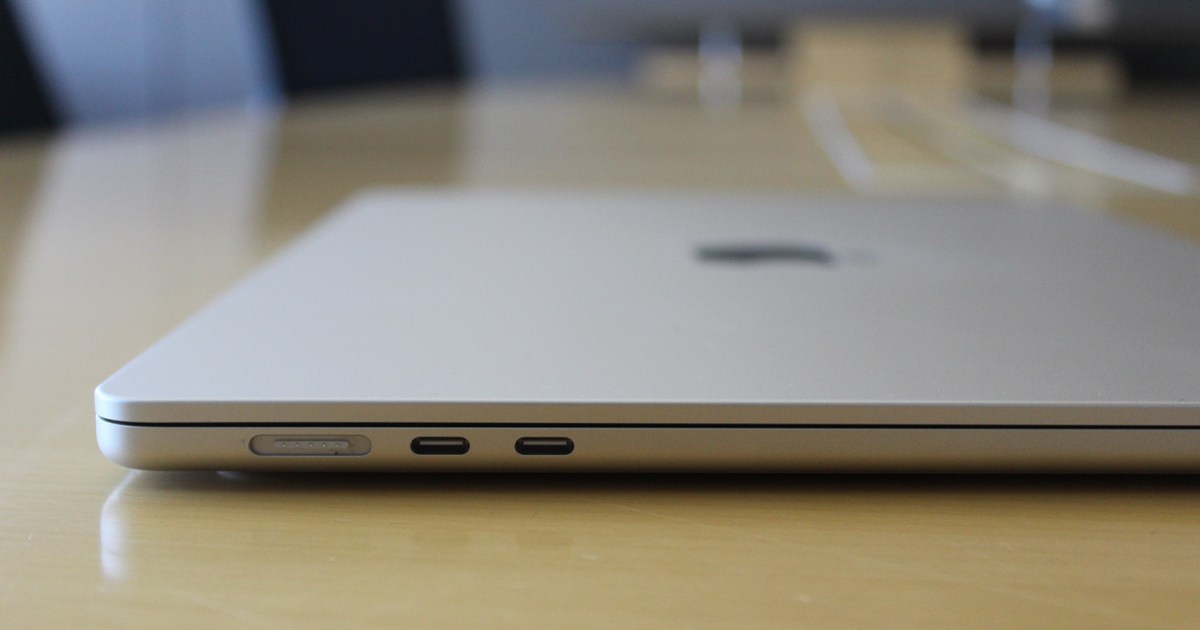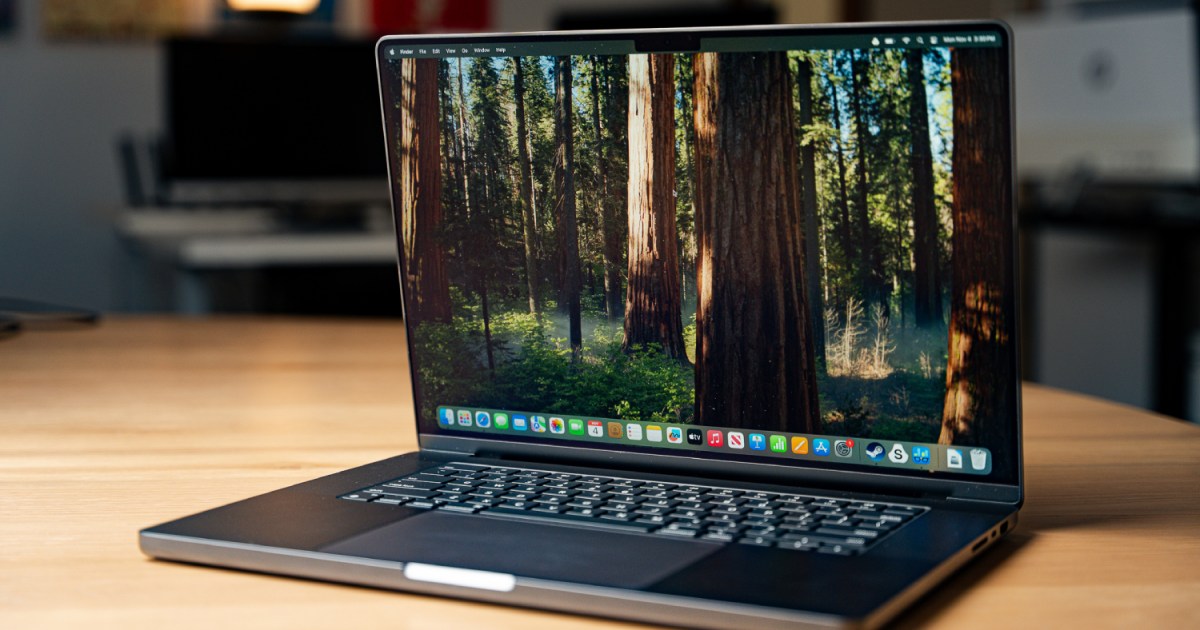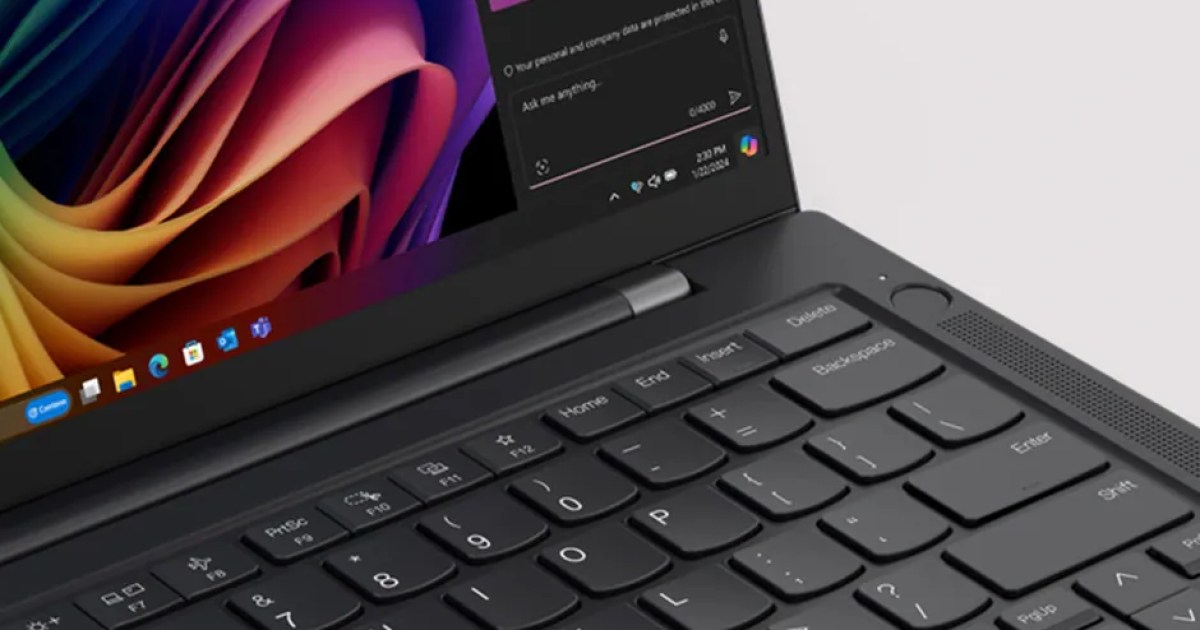Apple’s M4 chip, following its spring 2024 debut in the iPad Pro, is now powering a growing number of Macs. However, some Macs still utilize the impressive M3 chip, with upgrades expected in the coming months. This creates a dilemma: Should you opt for the M4 or stick with the M3? This article delves into the performance, architecture, and key differences between these two powerful processors to help you make an informed decision.
Where to Find the M4 and M3 Chips
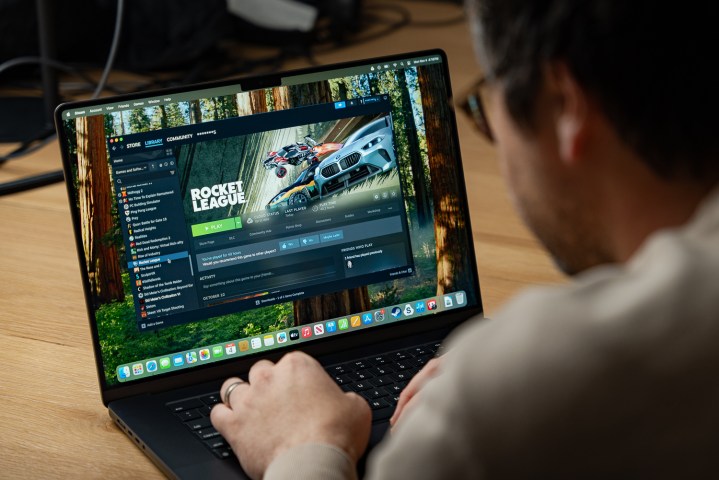 A person running Steam on the M4 MacBook Pro
A person running Steam on the M4 MacBook Pro
Currently, the M4 powers the MacBook Pro, iMac, Mac mini, and iPad Pro. The MacBook Pro and Mac mini also offer the M4 Pro and the high-end M4 Max for the MacBook Pro. Apple plans to extend the M4 across its entire Mac lineup, with the MacBook Air expected in spring 2025 and the Mac Studio and Mac Pro later that year. The M4 might also feature in the next iPad Air update, expected in early 2025.
Currently, the M3 is exclusively available in the MacBook Air. While the Mac Studio and Mac Pro haven’t received the M4 yet, they bypassed the M3 generation altogether, featuring the M2 Max or M2 Ultra.
Architectural Differences Between the M4 and M3
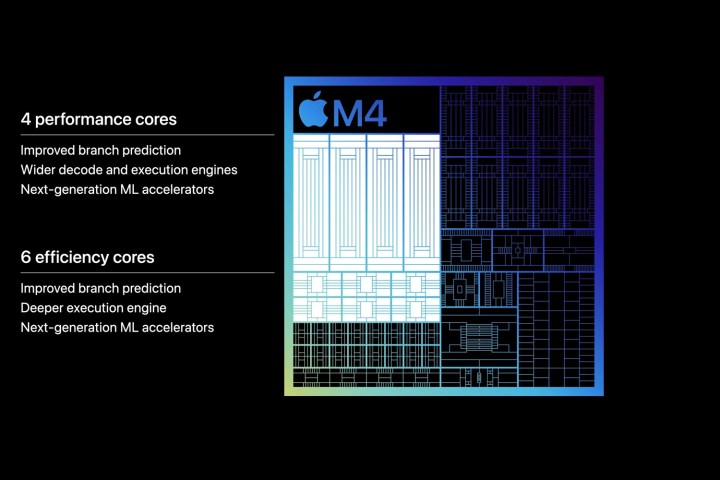 A slide from Apple
A slide from Apple
While both chips are built on a 3nm process, the M4 represents a second-generation refinement, offering subtle efficiency and output improvements. The M2, a 5nm chip, saw significant advancements with the transition to 3nm.
| Feature | M4 | M3 |
|---|---|---|
| CPU Cores | 10 (4 performance, 6 efficiency) | 8 (4 performance, 4 efficiency) |
| GPU Cores | 10 | 8 or 10 |
| Neural Engine | 16 | 16 |
| Starting Memory | 16GB | 16GB |
| Maximum Memory | 32GB | 24GB |
| Memory Bandwidth | 120GB/s | 100GB/s |
| Ray Tracing | Yes | Yes |
The M3 features an 8-core CPU (4 performance, 4 efficiency), an 8 or 10-core GPU, and a 16-core Neural Engine. The M4 boasts a 10-core CPU (Mac line), a 10-core GPU, and a 16-core Neural Engine. This increase in core count contributes to enhanced performance.
Neural Engine and Other Enhancements
Apple claims the M4’s Neural Engine, capable of 38 trillion operations per second (TOPS), surpasses any neural processing unit in current AI PCs. This represents a significant jump from the M2’s 15.8 TOPS and the M3’s reported 18 TOPS. However, benchmarks suggest a more modest 5% improvement over the M3 when comparing the same data types.
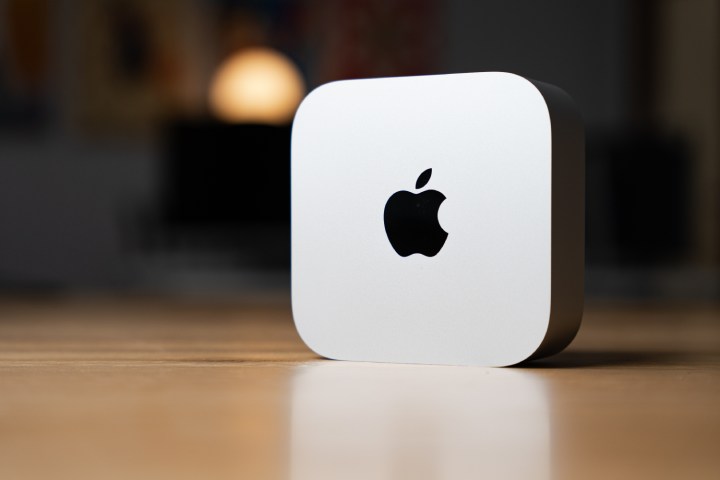 The Mac mini up on its side on a desk.
The Mac mini up on its side on a desk.
The M4 incorporates 28 billion transistors (compared to the M3’s 25 billion) and offers a 120Gbps memory bandwidth (versus the M3’s 100Gbps). A new dedicated display engine handles the iPad Pro’s OLED display. Importantly, the M4 doubles the starting memory to 16GB, boosting productivity and multitasking.
Performance Comparison
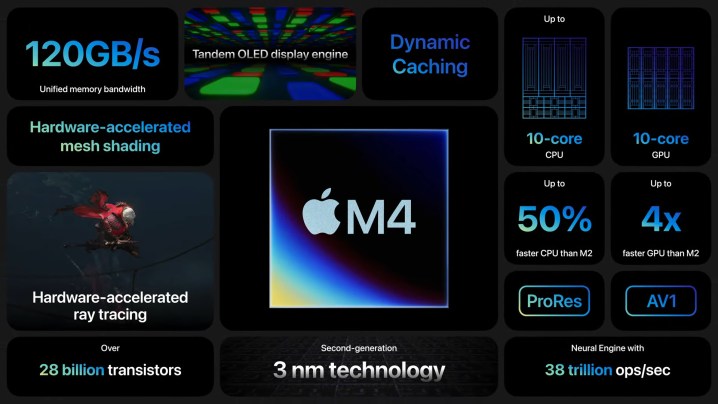 Specifications for Apple
Specifications for Apple
Direct M4 vs. M3 benchmark comparisons are currently limited due to the available configurations. However, comparisons between the M4 Pro and M3, as well as the M4 Pro and M3 Max, provide insights into the M4’s performance gains. The M4 Pro significantly outperforms the M3 in Cinebench and Handbrake tests. Even against the higher-tier M3 Max, the M4 Pro demonstrates superior performance.
 A person using the M4 MacBook Pro.
A person using the M4 MacBook Pro.
The M4’s Dynamic Caching, mesh shading, and hardware-accelerated ray tracing, while also present in the M3, are new additions for the iPad Pro, representing a significant upgrade over the M2-equipped model.
Conclusion
The M4 chip represents a notable advancement over the M3, offering performance enhancements, architectural improvements, and increased memory. While the M3 remains a capable processor, the M4 provides a compelling upgrade path for demanding users seeking the latest advancements in Apple silicon. Choosing between the two depends on your specific needs and budget.



